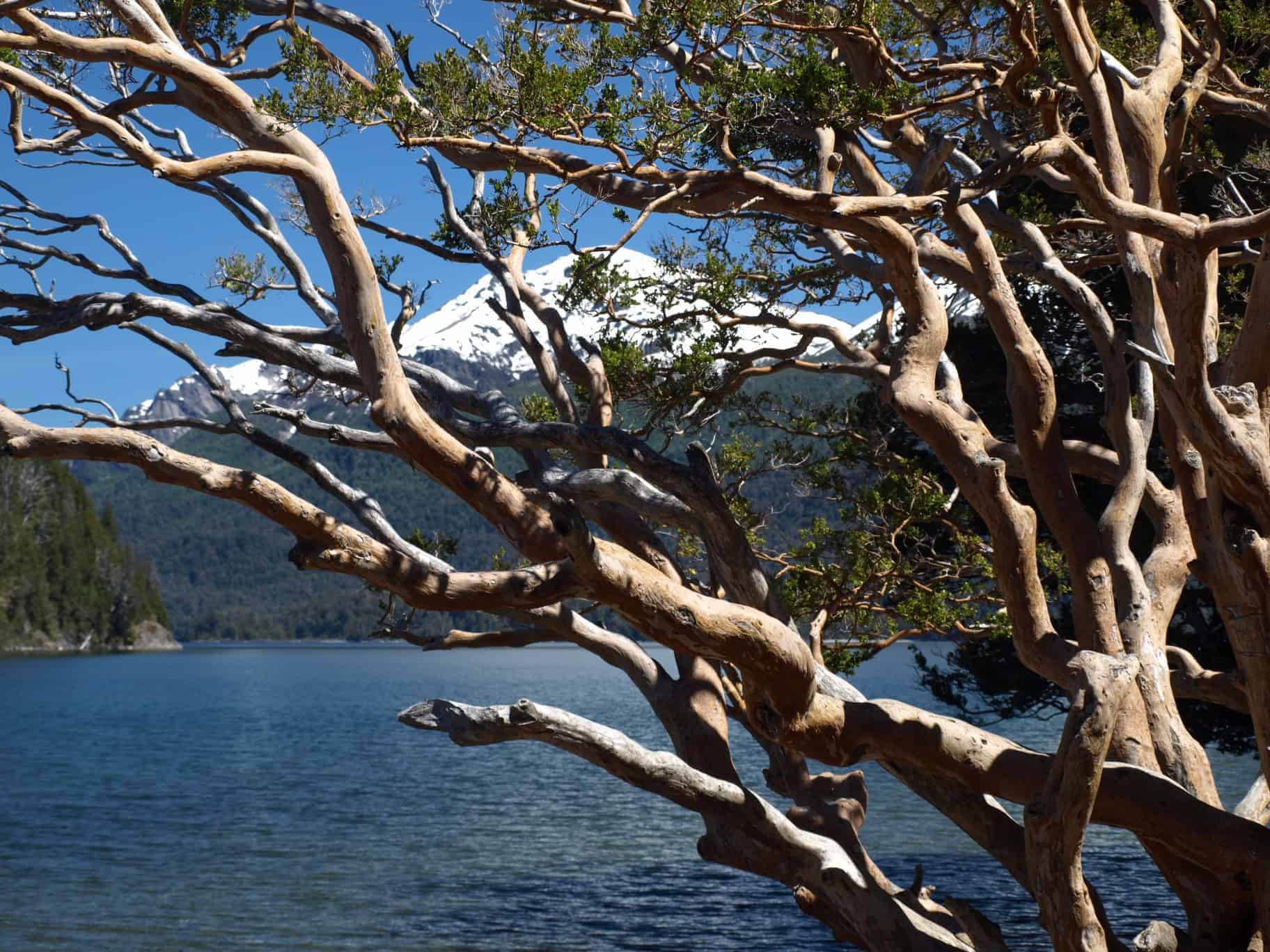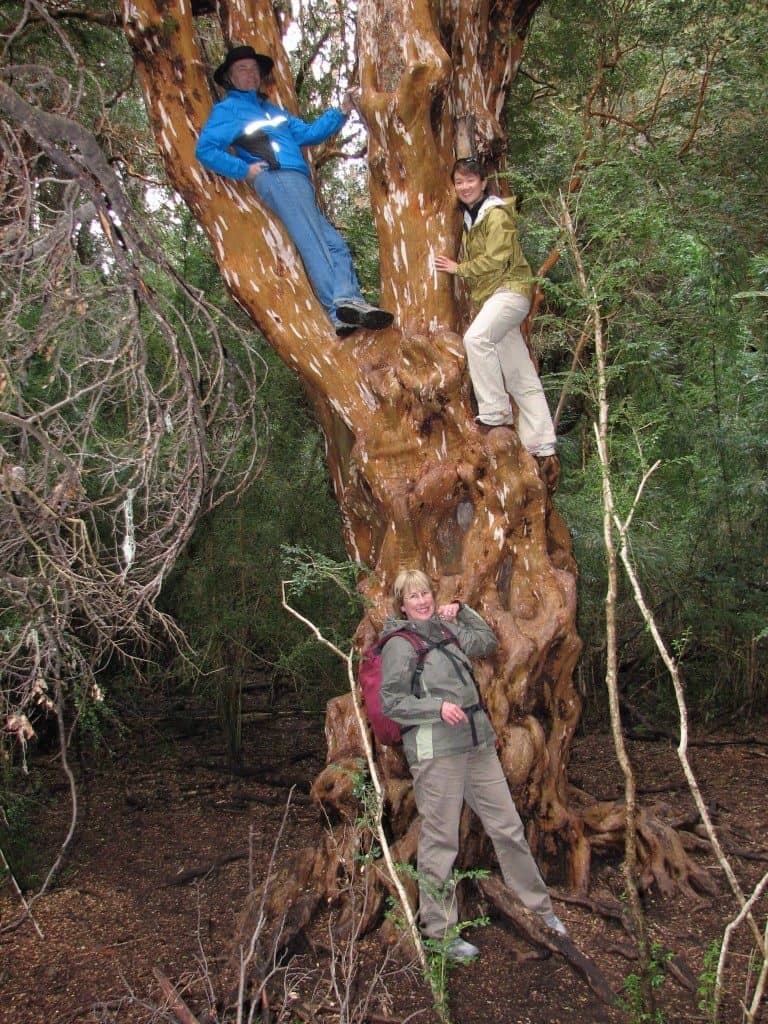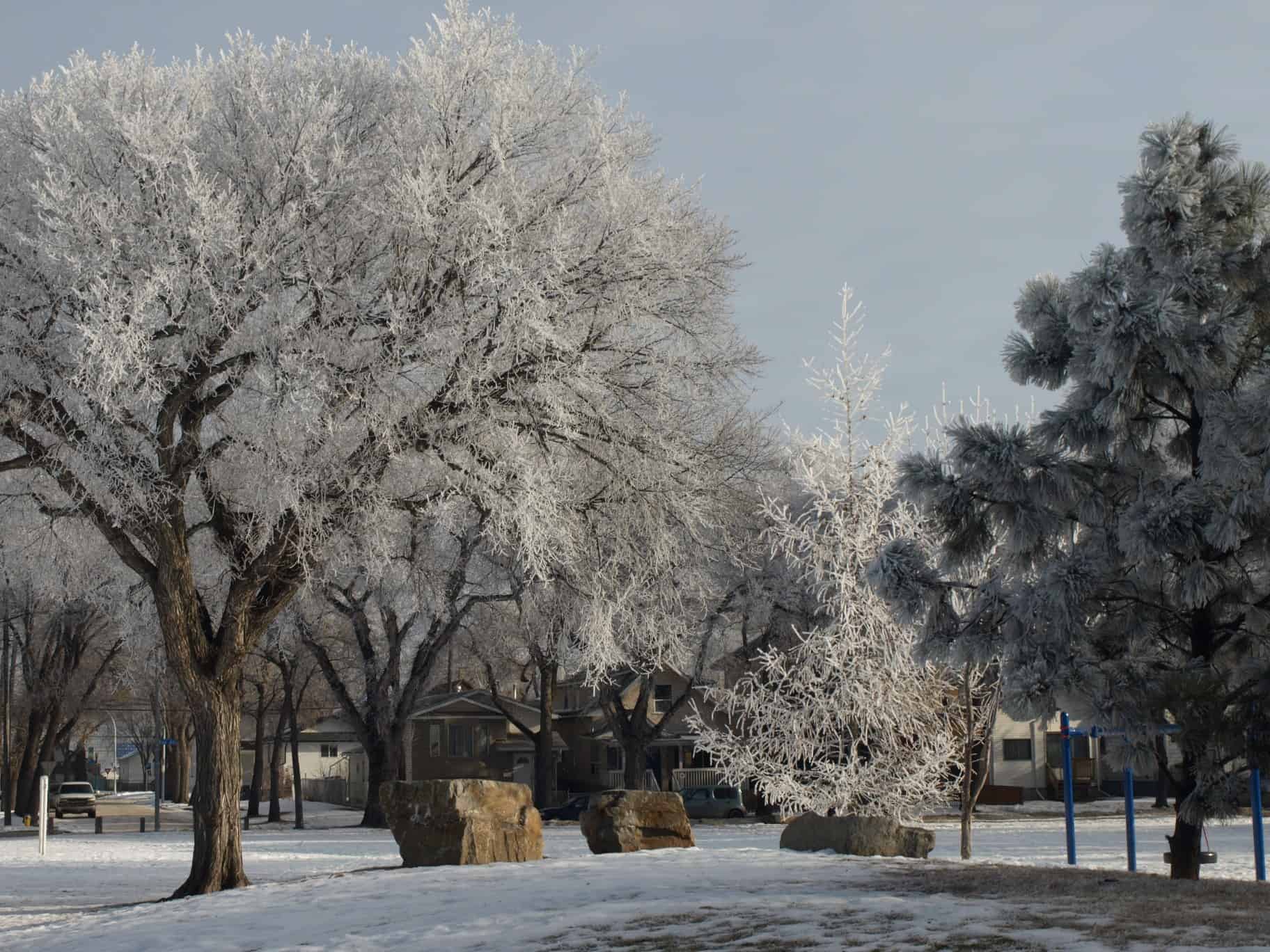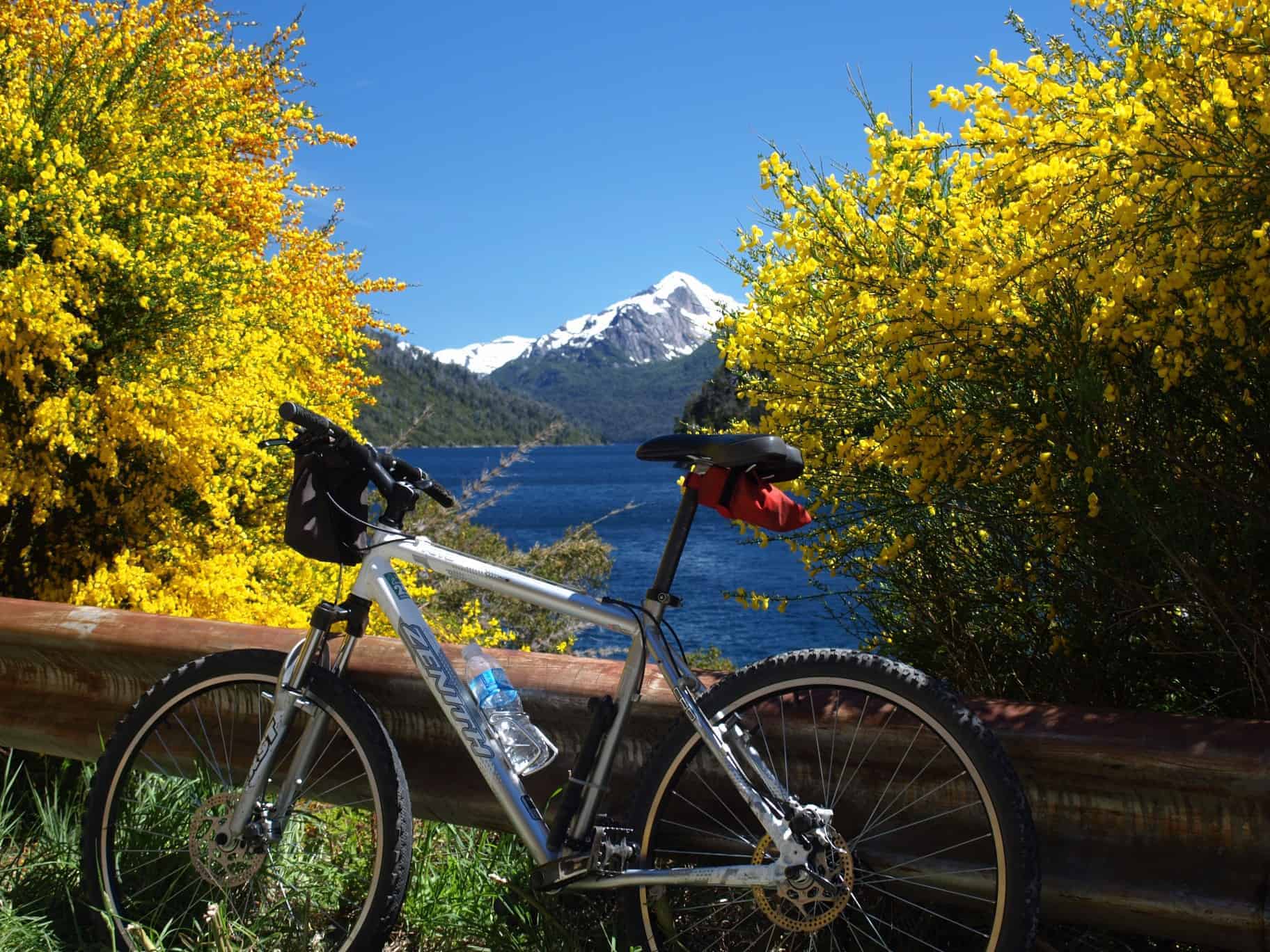Why budding trees are a sure sign of spring
We all search for our favourite signs of spring’s arrival and the accompanying hope and promise for a new year of growth: Snow melting, grass greening, geese returning, tulips blooming, trees budding, tax deadlines looming, hockey playoffs.
My favourite is budding trees. It’s a sure sign the world has turned, and a commitment has been made to a fresher, greener reality. All the other signs are fickle (except taxes, which hang around forever). Tulips quickly fade, snow returns in May, the geese keep flying to who knows where, and grass is a nuisance.

But trees are a stanchion and stalwart of our changing year. They stay with us even through the deep cold of winter and enhance the unfolding seasons with unending beauty and comfort. Home to birds and bees, they shade our houses, block the wind, and provide a source of adventure for those who dare to venture out on a limb.
Apparently it is even possible to put a price tag on the pleasure that trees provide. An economist determined that living on a treed street brought the amount of happiness equivalent to a $10,000 increase in one’s salary. In a Parkallen News article, Jan Hardstaff writes, “Edmonton’s publicly owned trees are worth over $1.2 billion not including 3,700 hectares of native trees on table land and in the river valley.” One real estate assessor estimated mature trees on the street raise property value by 10 per cent.

I am a little suspicious of putting a monetary value on something as priceless as nature and beauty. What value would you put on the agility and self-confidence you gain as a child (or adult) from climbing a tree? Or the sense of pride from the tell-tale scrapes and bruises? Or the respect for the immutability of the natural world when you try to remove spruce gum from your pants?
Richard Louv, author of Last Child in the Woods, writes, “Nature inspires creativity in a child by demanding visualization and the full use of the sense. Given a chance, a child will bring the confusion of the world to the woods, wash it in the creek, turn it over to see what lives on the unseen side of that confusion. Nature can frighten a child, too, and this fright serves a purpose. In nature, a child finds freedom, fantasy, and privacy: a place distant from the adult world, a separate peace.”
When post-mortems were being held after the Fort McMurray fire, one urban planner suggested one way to keep a city safe would be to design it without trees. I cringed. Yes, the fire was horrible, but who would chose to live in a city without trees? I could not imagine living in a neighbourhood without the biodiversity we enjoy in Edmonton, particularly in the neighbourhoods bordering the river valley.

In a RCP public annual meeting, the question was posed, “What brings a sense of community?” Someone in our group answered “trees.” Intrigued, I sought an explanation. She replied, “because when I go outside for a stroll down a street, it is trees that bring meaning, beauty, vibrancy to my walk. And that keep me from being lonely.”
I couldn’t agree more. This is certainly Patricia’s and my experience as we take almost daily walks either through our neighbourhood or in the river valley. Front lawns and birds are an appeal, but the foundational attraction is the comforting presence of trees.

The City of Edmonton is launching an urban enhancement program called Breathe. This program would ensure there is sufficient green space for everyone. The plan includes a network of parks and pathways that would interconnect communities and strengthen our social fabric. Ravine parks and river valleys, flush with trees, provide a unifying identity to the core Edmonton identity. In our urban planning as in our backyard pruning, we are learning to appreciate that life without trees would be greatly diminished.
Feature image: Blooming and budding trees are a sure sign spring has arrived. | Aydan Dunnigan-Vickruck







